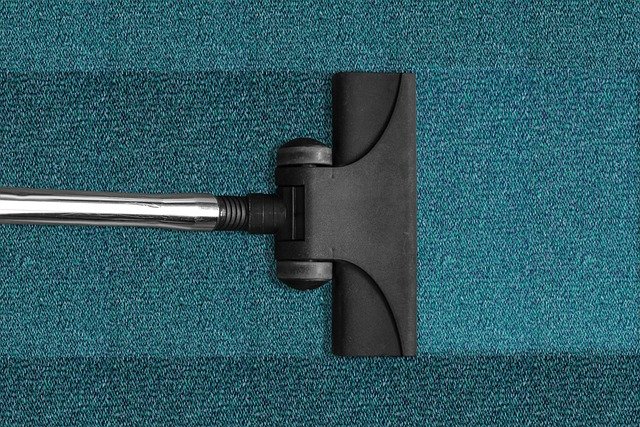Reversing Sedentary Lifestyles: The Health Benefits of Daily Movement
Life has become increasingly sedentary due to technological advancements and the shift towards desk-based jobs. However, moving our bodies daily can have significant benefits on our overall health. This article delves into the history, research, and benefits of incorporating daily movement into our routines.

The Sedentary Shift and Its Impact on Health
Historically, human beings were highly active, engaged in hunting, gathering, and farming. The industrial revolution and technological advancements have shifted this dynamic drastically, resulting in sedentary lifestyles. Research shows that sedentary behavior is associated with several health issues, including obesity, heart disease, diabetes, and even some types of cancer.
Rekindling Our Relationship with Movement
While sedentary behavior has become the norm, there’s a growing body of research encouraging us to reconnect with our natural tendency to move. Experts argue that incorporating regular movement into our daily routines can significantly improve our health.
The Science of Daily Movement
Numerous studies have highlighted the benefits of regular movement. A study published in the Journal of Physical Activity and Health found that even light-intensity activity can reduce mortality risk. The research also reveals that moving every half hour can help regulate blood sugar levels and lower blood pressure.
The Challenges and Strategies for Incorporating Daily Movement
While the benefits are clear, incorporating movement into a busy day can be challenging. However, experts suggest that even small changes can have a significant impact. This can include taking the stairs instead of the elevator, parking further away from your destination to walk more, or incorporating desk exercises into your workday.
The Credibility of Movement as a Health Practice
The World Health Organization (WHO) and the American Heart Association (AHA) both strongly advocate for regular physical activity. They present clear guidelines on the amount and type of exercise needed for different age groups, reinforcing the credibility of movement as a health practice.
Simple Ways to Incorporate Movement into Your Day
- Start Small: Begin by incorporating small bouts of physical activity into your day. This can be as simple as standing up and stretching every half hour.
- Make it Fun: Choose activities that you enjoy. This could be dancing, gardening, or even playing with your pet.
- Use Technology: Many apps and gadgets can remind you to move and track your activity levels.
- Incorporate Movement into Your Routine: Make movement a part of your routine. This could include walking during your lunch break or doing yoga first thing in the morning.
In conclusion, the shift towards sedentary lifestyles has had a significant impact on our health. However, research indicates that incorporating daily movement into our routines can have numerous benefits, including reducing the risk of chronic diseases and improving overall wellbeing. By making small changes and prioritizing movement, we can take steps towards healthier, more active lifestyles.






